I hate New Year’s resolutions. In a few days, the gym will be packed whenever I have to use the treadmill because I can’t walk outside for some reason or another. Of course, by February, it won’t be packed anymore. And that’s why I hate New Year’s resolutions. Most of them are too hard to keep. They’re almost always something we don’t want to do but think we should.
A few days ago, a friend of mine posted the following screengrab from social media:
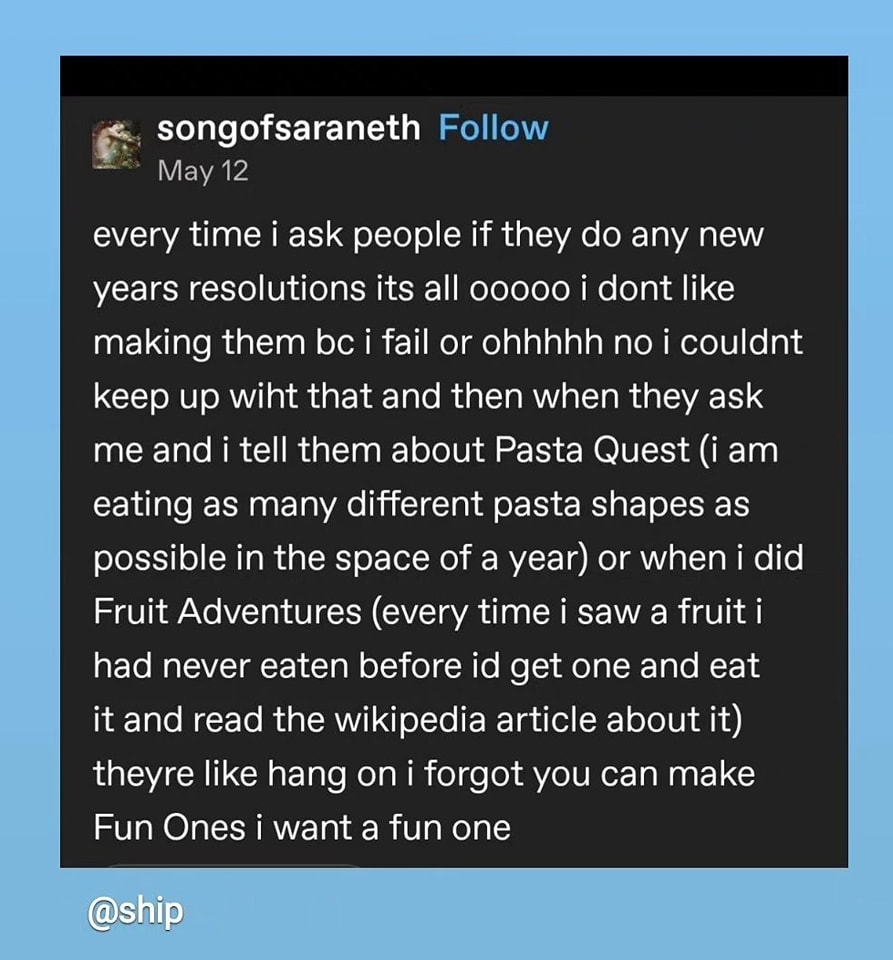
I love the idea of having a fun New Year’s resolution. I’m not sure about Pasta Quest, but I think it could be fun for me to cook one new dish each week to try some new recipes, practice my cooking skills, and use my cookbook collection.
I didn’t see any reason to wait until the new year officially starts in a few days, so I started tonight.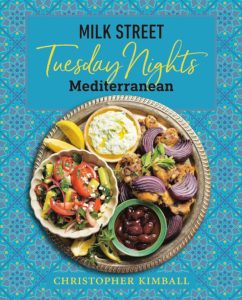
I love Milk Street for taking me outside my comfort zone; their dishes are always much more exotic than I’d usually cook. I bought this cookbook a couple of months ago to add to my collection. I decided to find something in the cookbook to try for dinner tonight and wound up picking the Sumac-Spiced Chicken Cutlets with Tomato-Onion Salad, mainly because I knew I already had all the spices and pomegranate molasses (thanks to Helen Rennie). It’s a secret ingredient in a lot of my sauces now) and would only need to pick up the chicken and produce from the grocery store. I liked it so much that I will definitely add it to my repertoire. I was recently watching Helen Rennie’s YouTube channel, and she has a video for Salmorejo. Helen doesn’t live very far from me, so when she has tips about shopping, I find them more helpful than her viewers who live farther away might. She mentioned in this video that Campari tomatoes are pretty good year-round in New England, so I bought those. In-season summer tomatoes would probably be heavenly in this dish. I found it pretty easy to make as well. I can’t print the recipe here for copyright reasons, but I highly recommend anything by Milk Street, so check out the book. I was really pleased with the results. I rarely take pictures of meals I cook (baked goods are another matter), but I had to take a picture of this meal. It was so pretty.
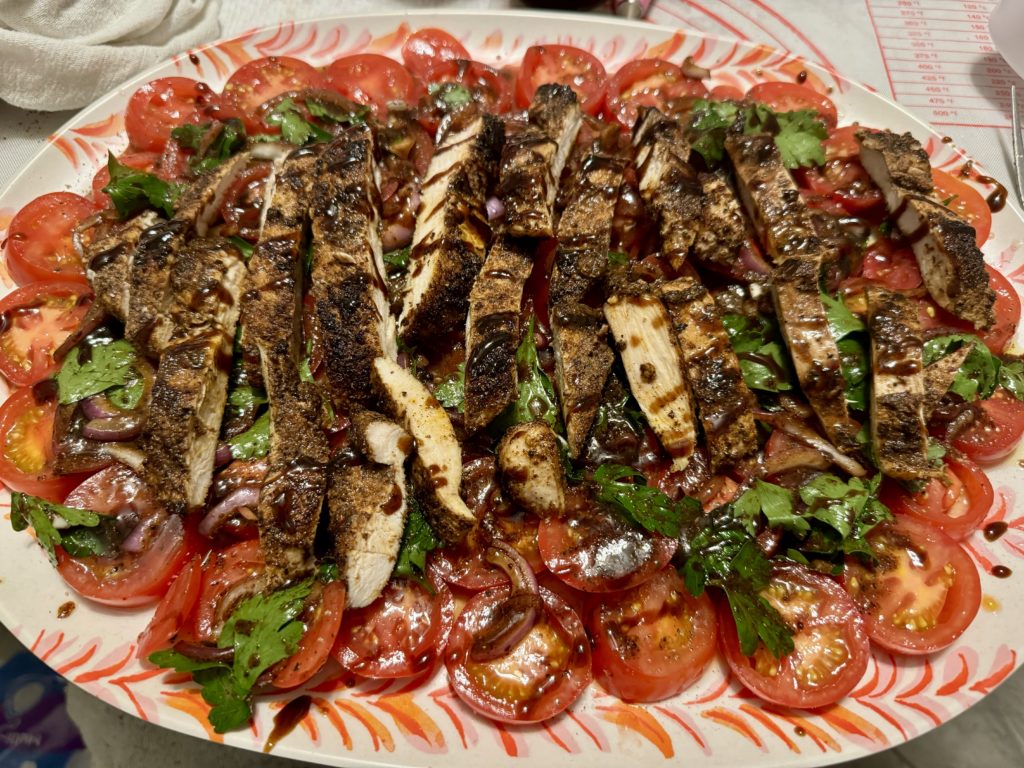
This is a New Year’s resolution I can get behind.
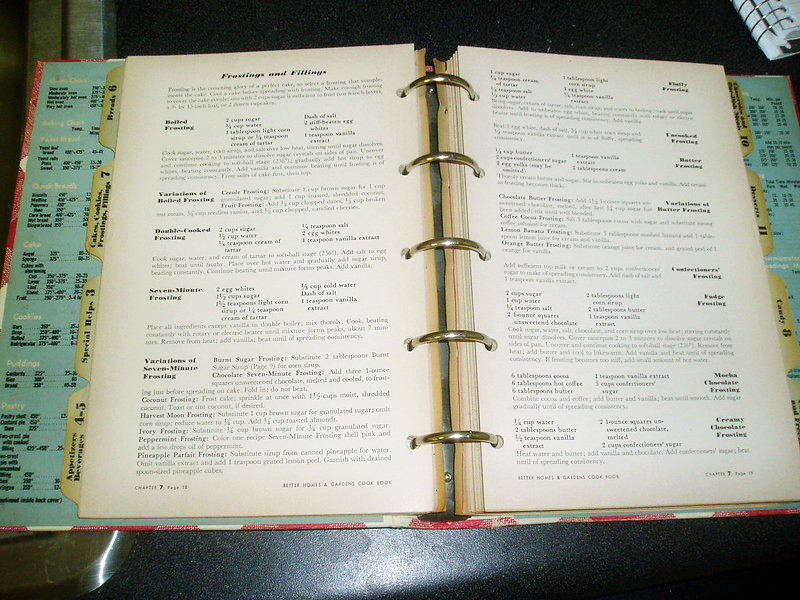
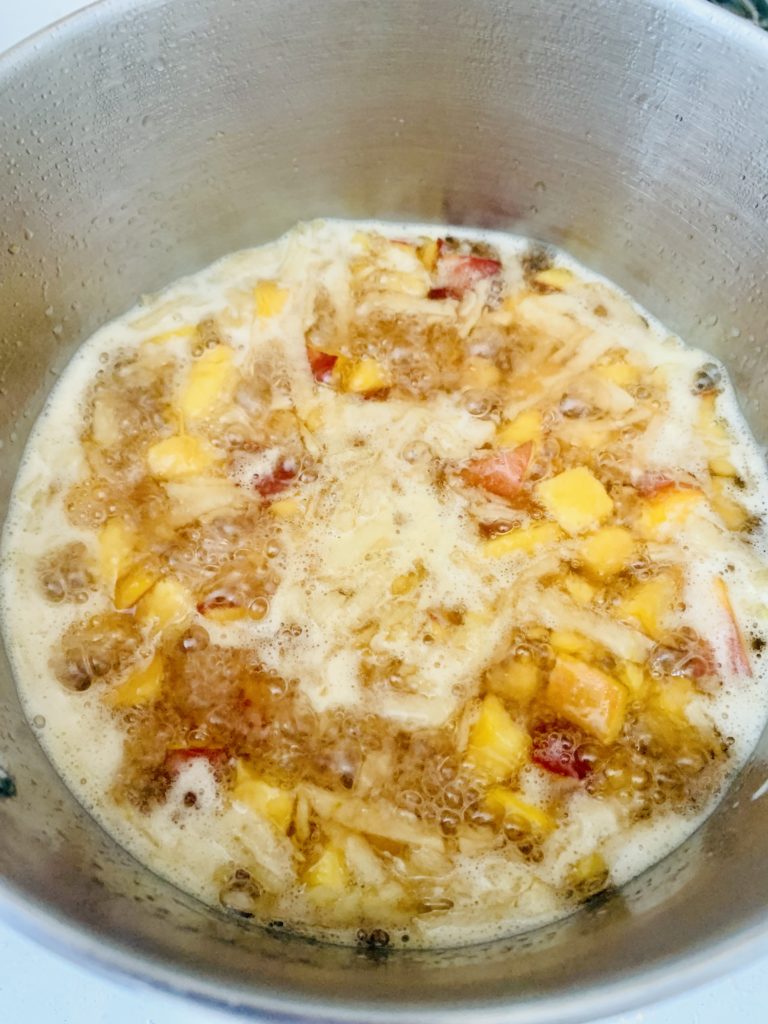
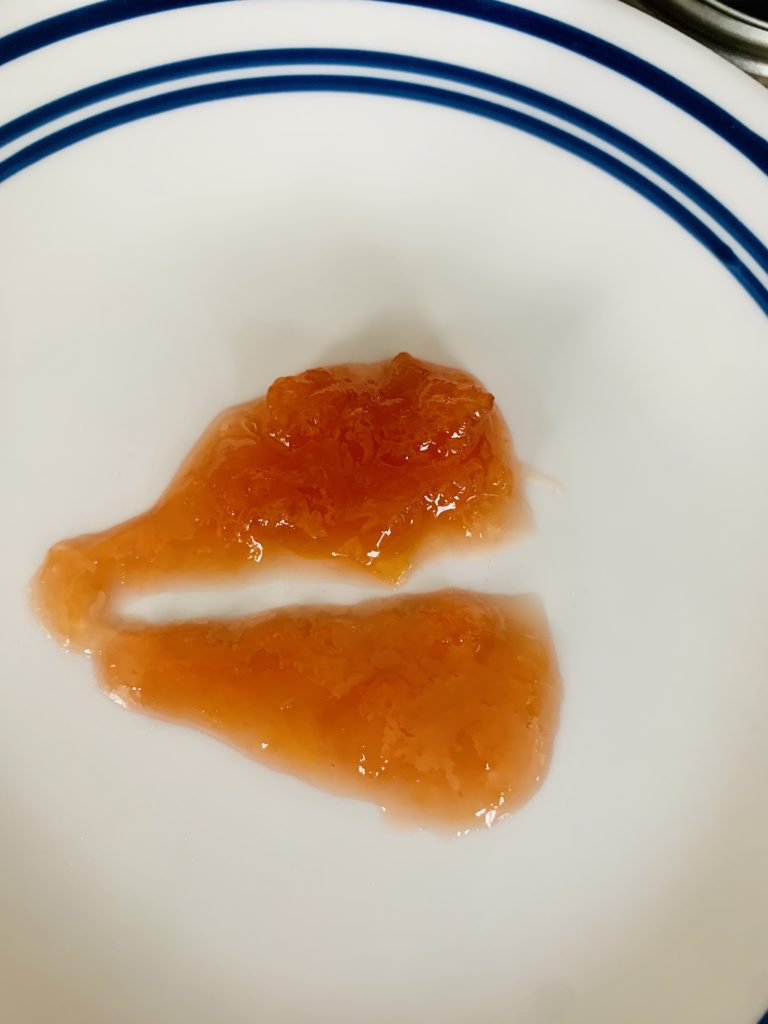
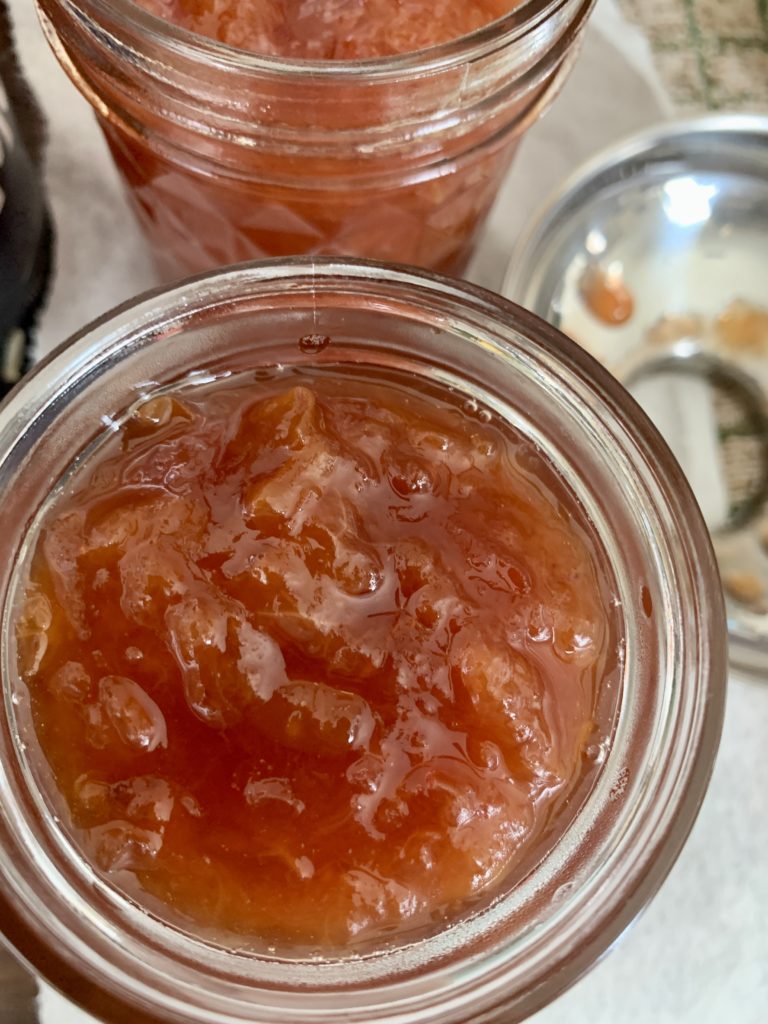
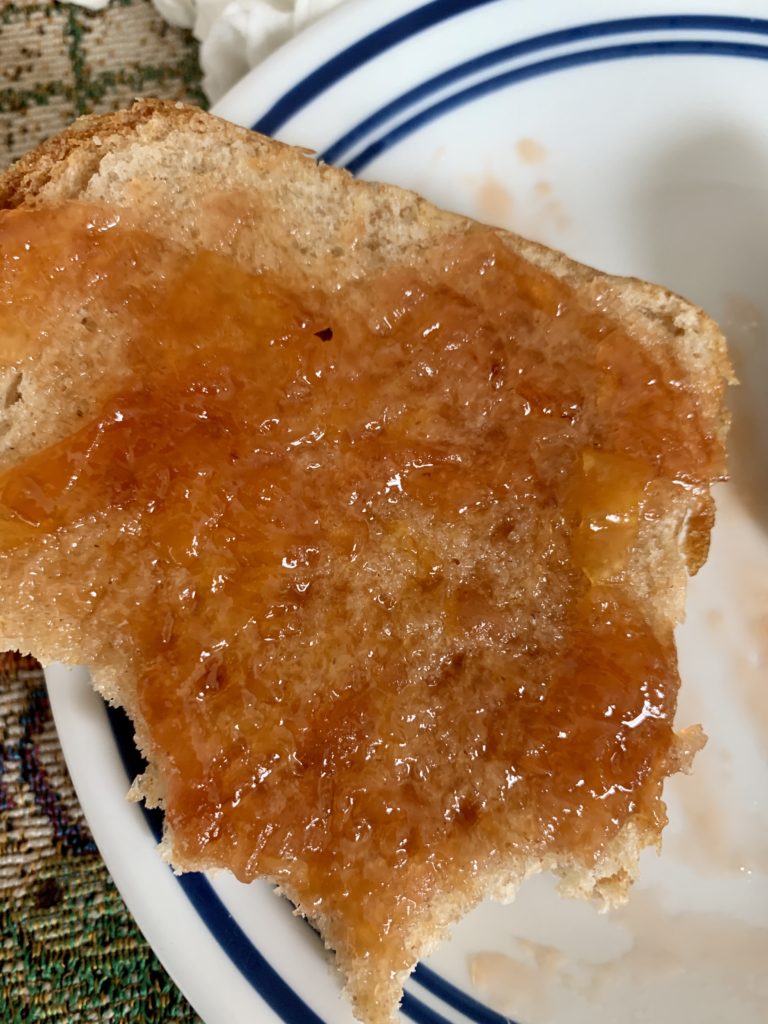

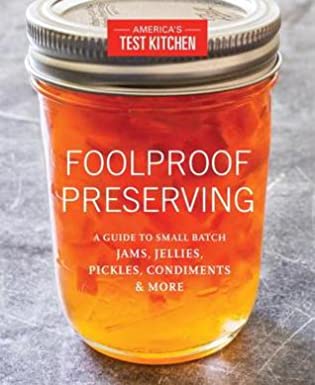 Foolproof Preserving: A Guide to Small Batch Jams, Jellies, Pickles, Condiments, and More by
Foolproof Preserving: A Guide to Small Batch Jams, Jellies, Pickles, Condiments, and More by 
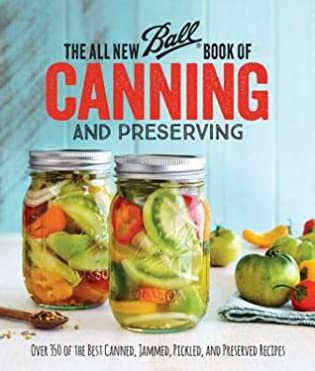 The All New Ball Book Of Canning And Preserving: Over 350 of the Best Canned, Jammed, Pickled, and Preserved Recipes by
The All New Ball Book Of Canning And Preserving: Over 350 of the Best Canned, Jammed, Pickled, and Preserved Recipes by 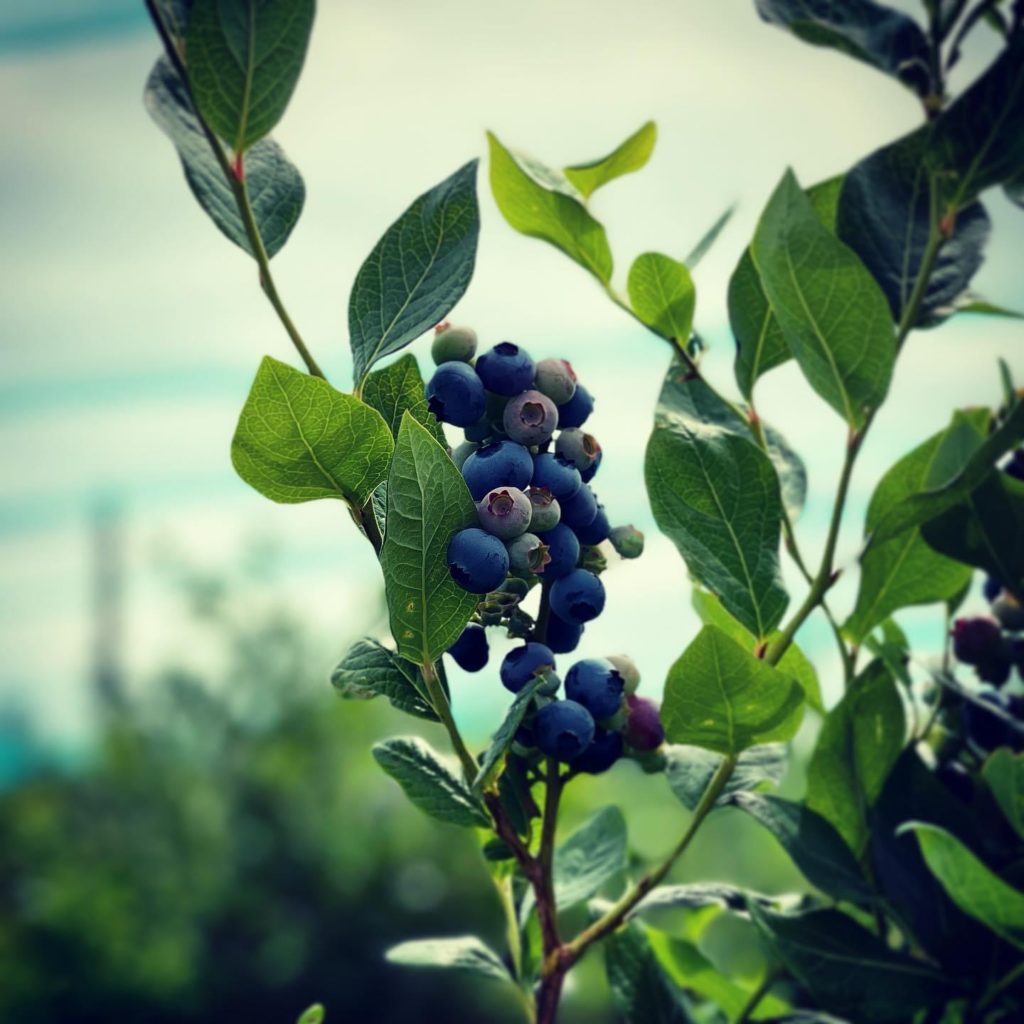
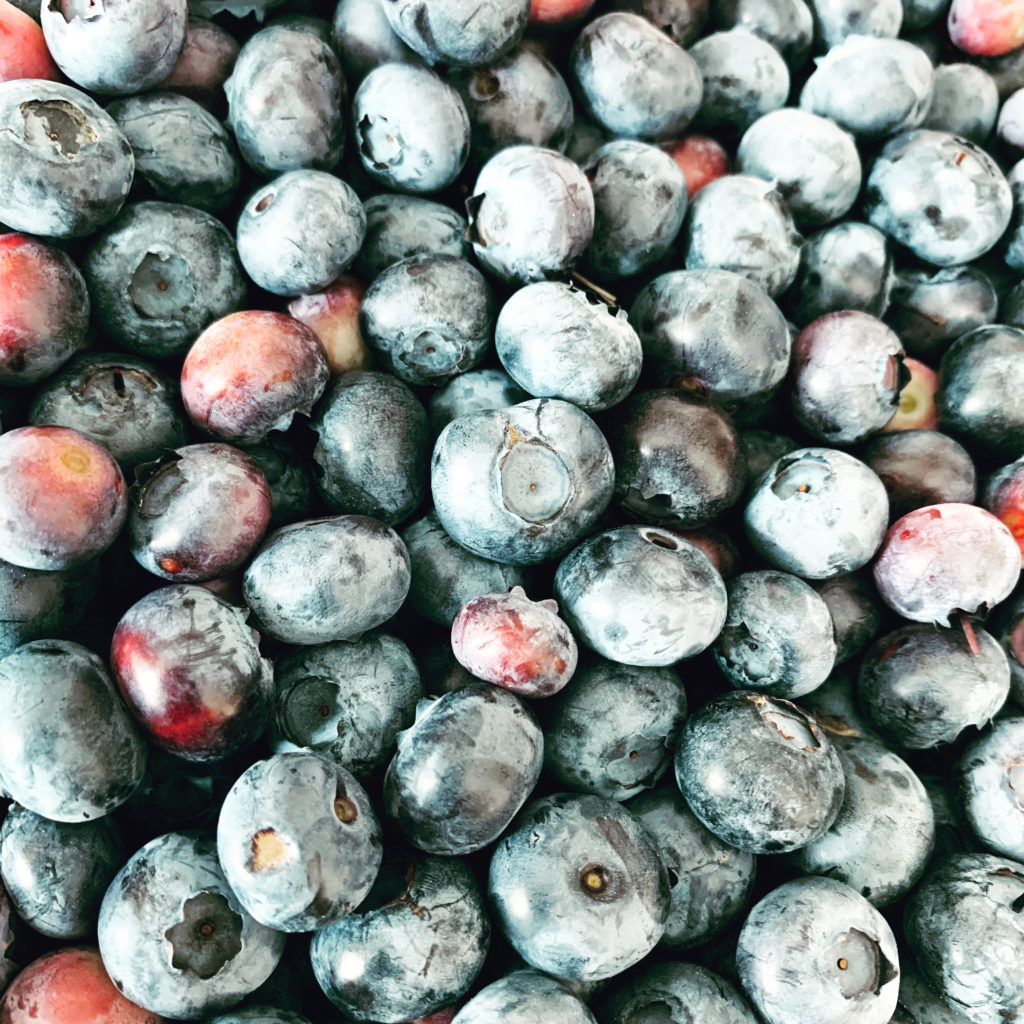
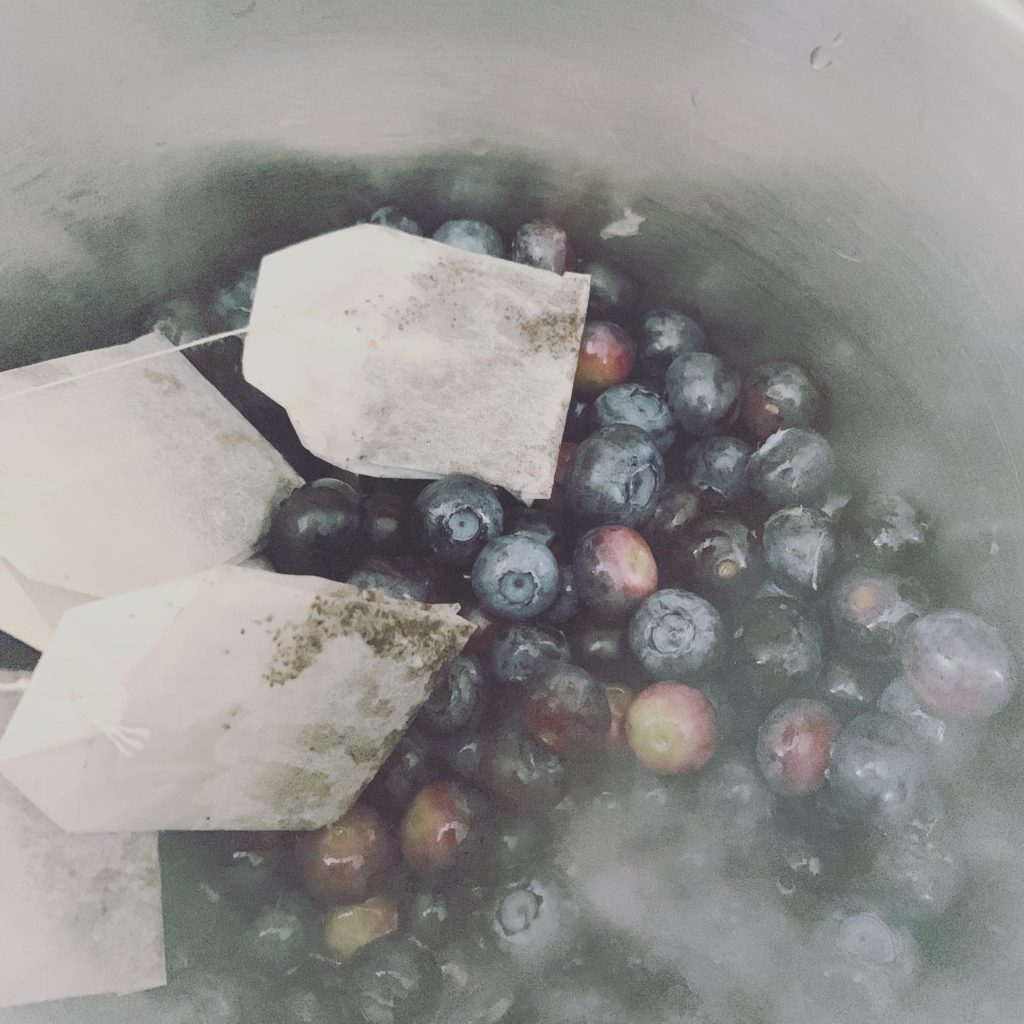
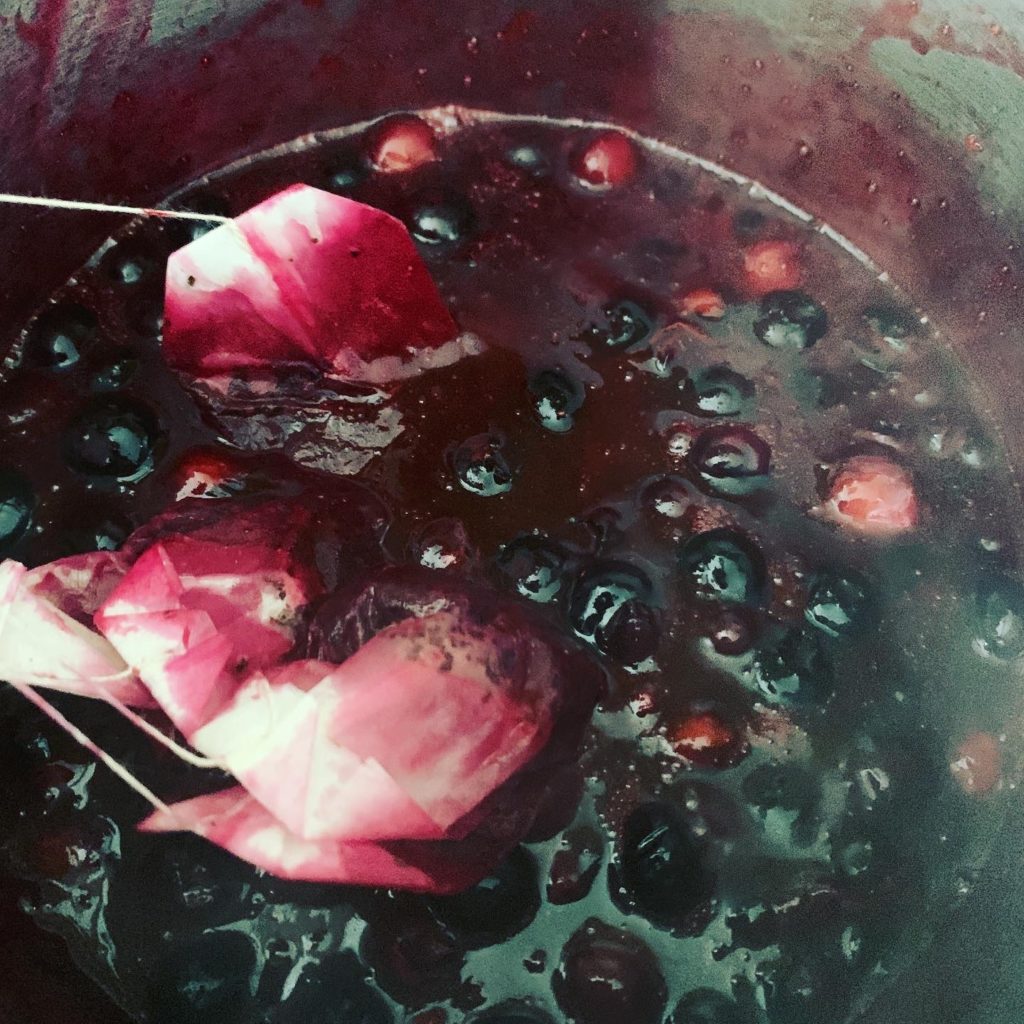
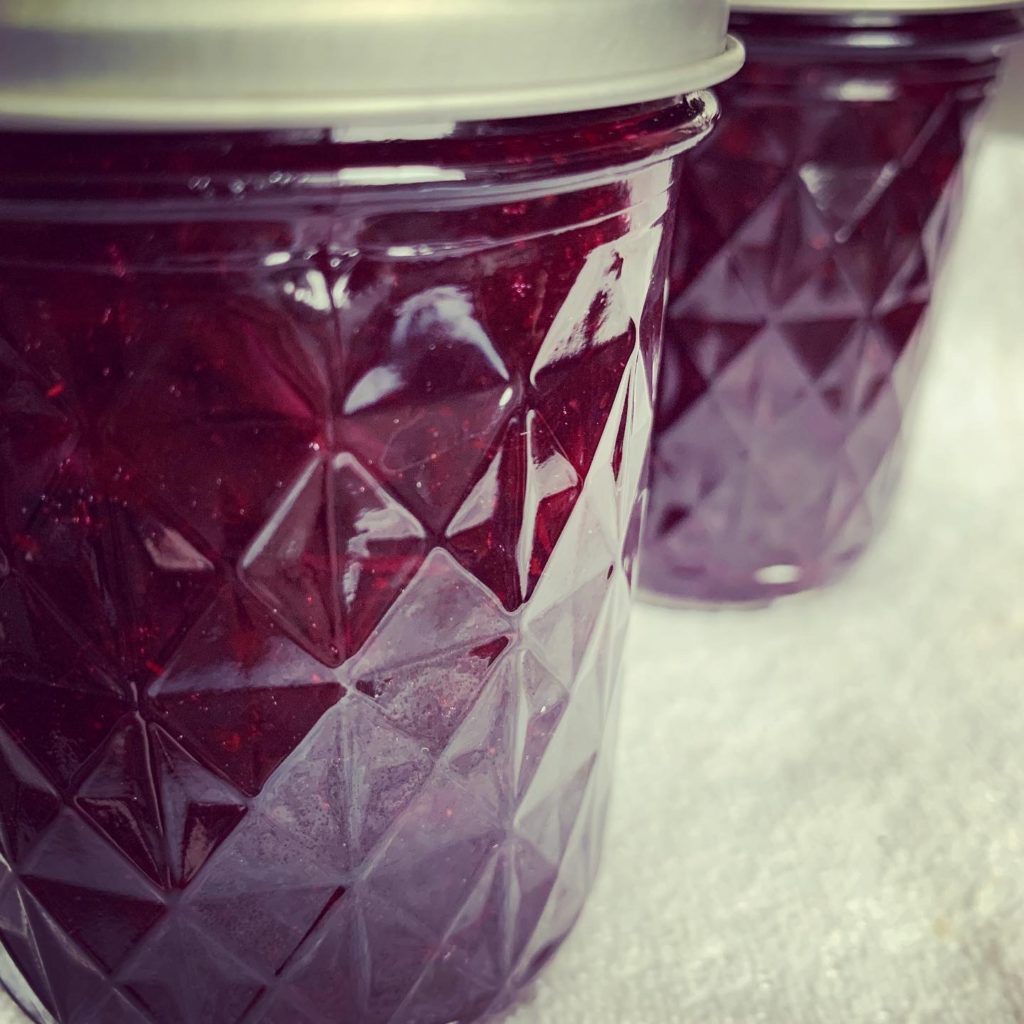
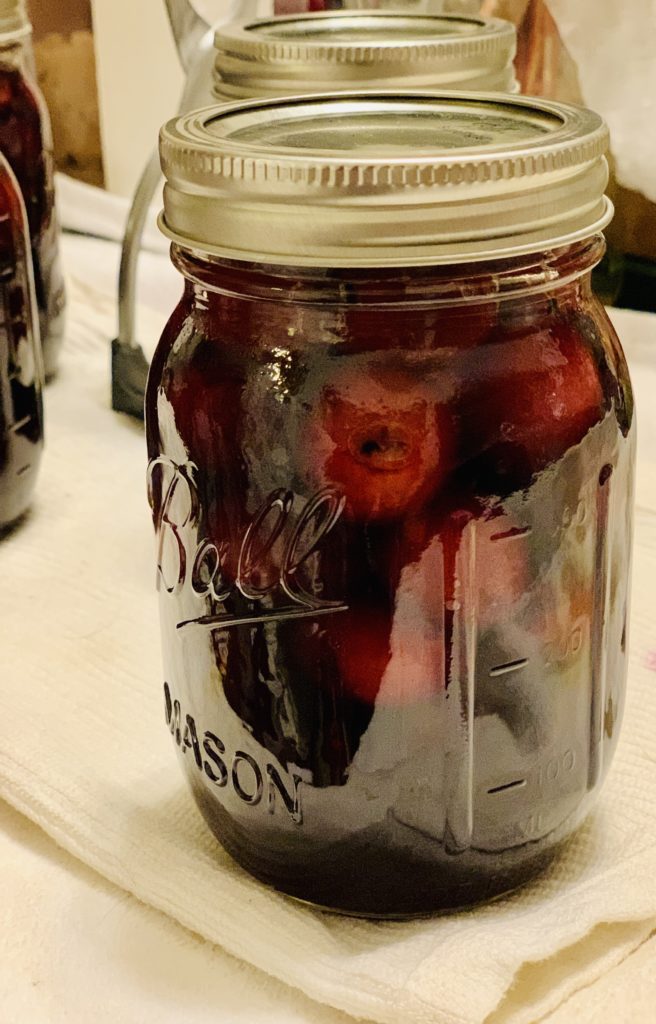
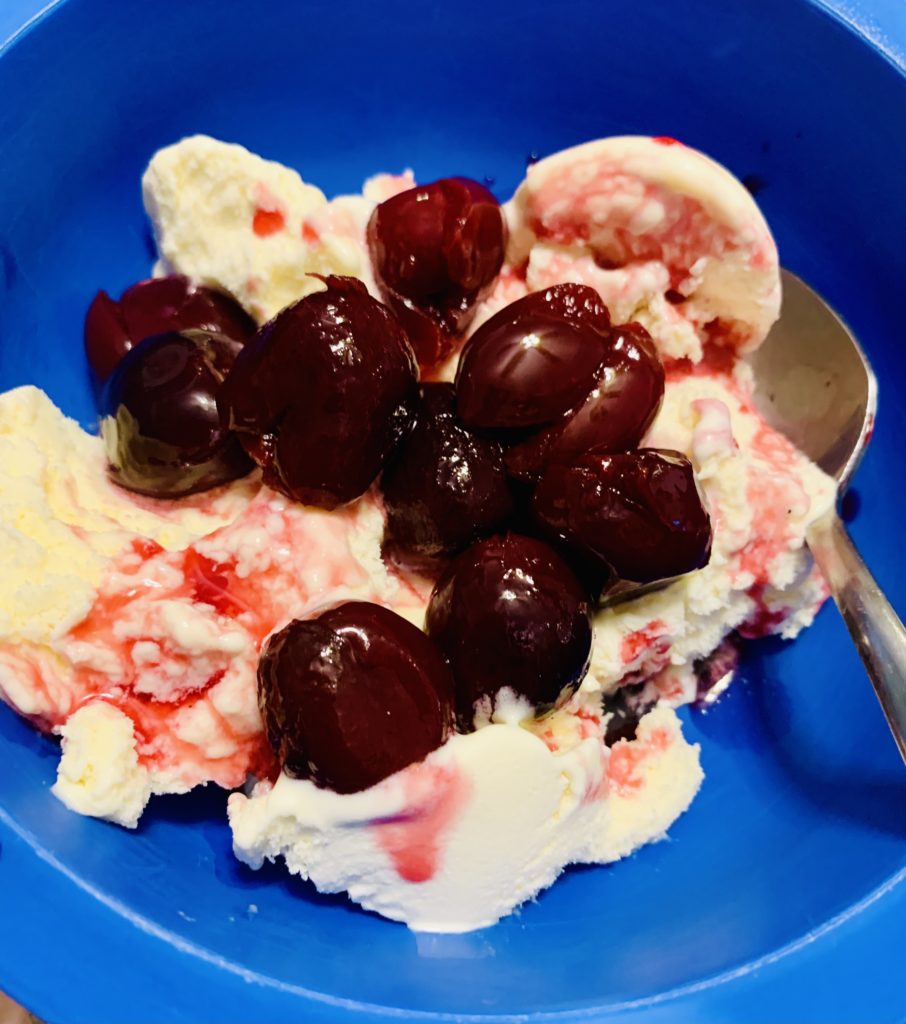
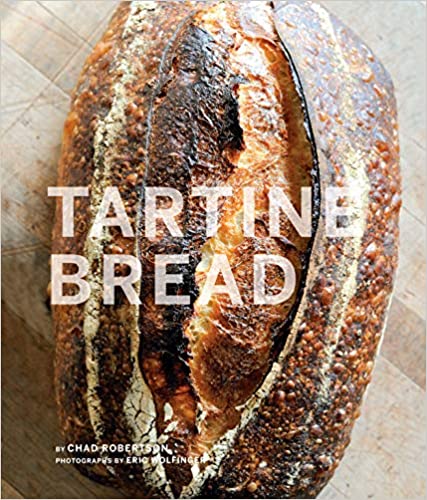 Tartine Bread by
Tartine Bread by 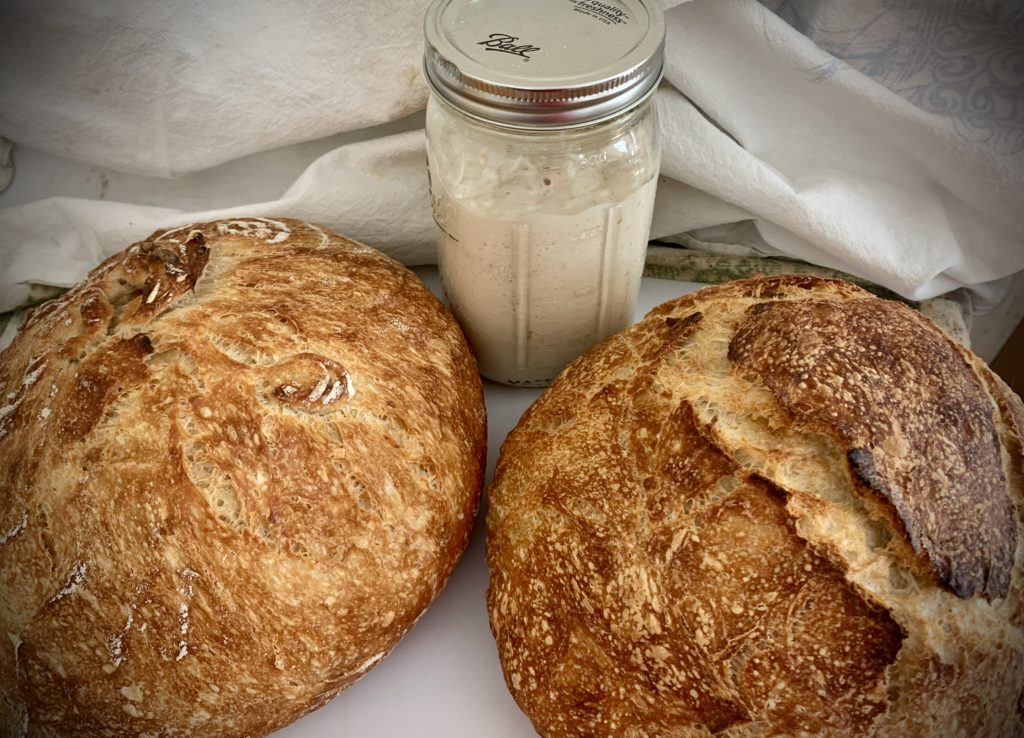
 Cooked: A Natural History of Transformation by
Cooked: A Natural History of Transformation by 
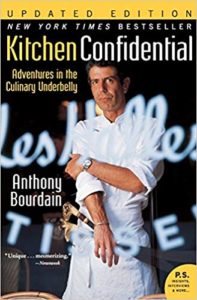 Kitchen Confidential: Adventures in the Culinary Underbelly by
Kitchen Confidential: Adventures in the Culinary Underbelly by 
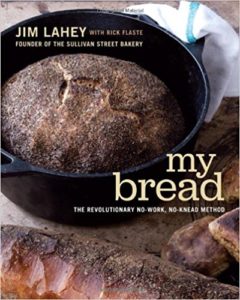 My Bread: The Revolutionary No-Work, No-Knead Method by
My Bread: The Revolutionary No-Work, No-Knead Method by 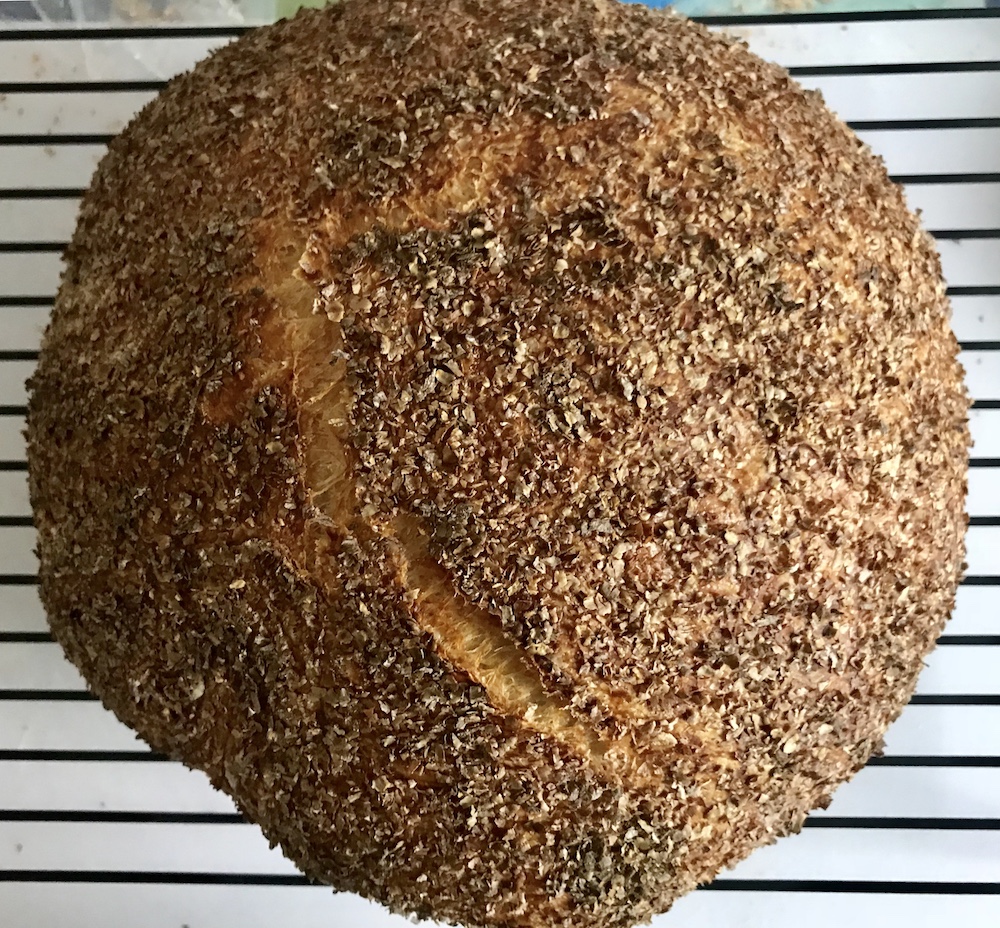
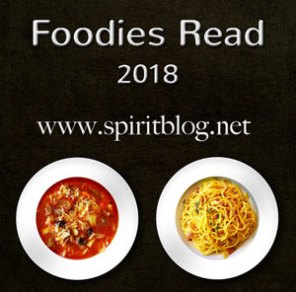
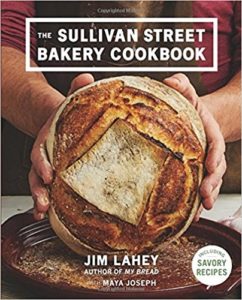 The Sullivan Street Bakery Cookbook by
The Sullivan Street Bakery Cookbook by 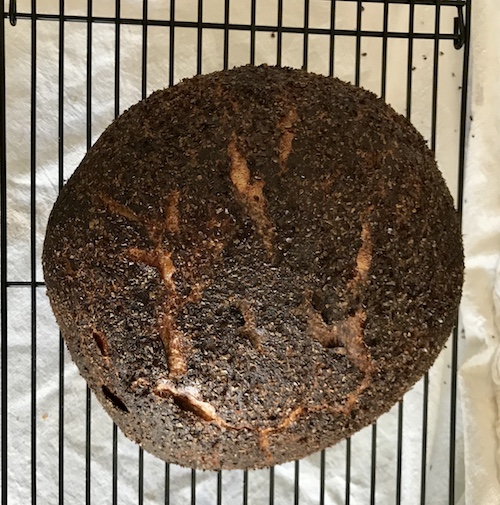
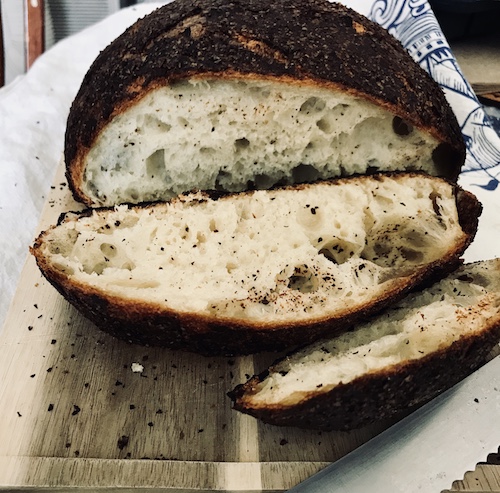
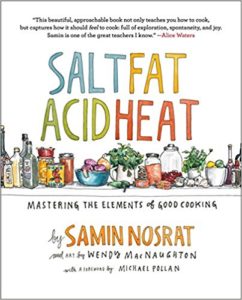 Salt, Fat, Acid, Heat: Mastering the Elements of Good Cooking by
Salt, Fat, Acid, Heat: Mastering the Elements of Good Cooking by